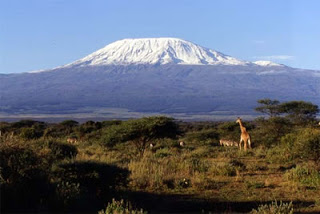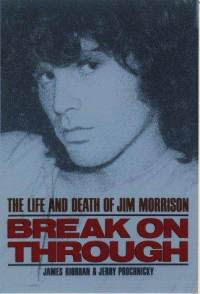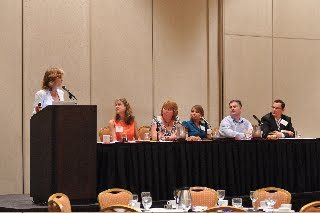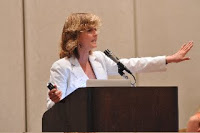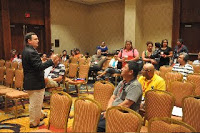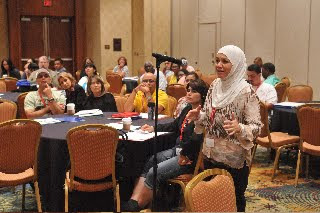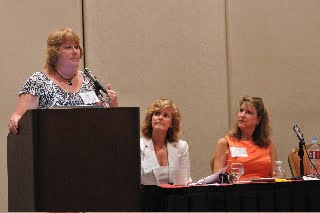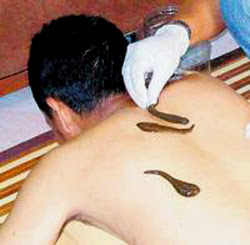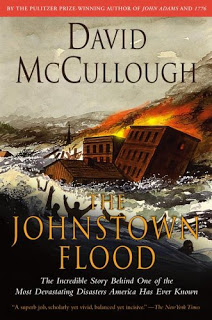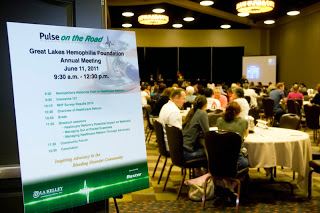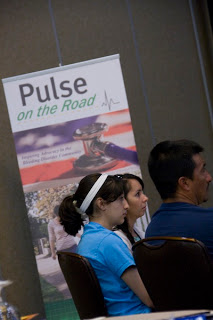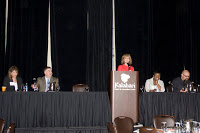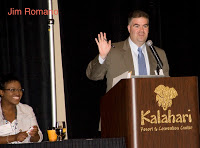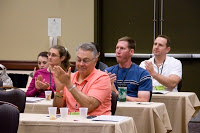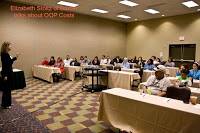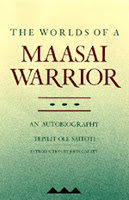Mountains Beyond Mountains
I broke in my new hiking boots on Mt. Washington, a 6,288 ft. deceptive mountain. It looks so harmless, yet is often rated one of the 10 most deadly climbs in the US. The strongest winds in the world were recorded at the top, at 281 mph. It sits at the confluence of three weather systems, and has a reputation for sudden changes in temperature, weather conditions and wind. You can start out at 80 degrees and sunny at the bottom, and within an hour hit snow, gale force winds and whiteout conditions.
I’m training for my Kilimanjaro climb August 6, trying to raise money for Save One Life, Inc., the nonprofit I started in 2000 to give financial aid through sponsorships to impoverished patients with hemophilia in developing countries. I have raised $140 so far, thanks to Barry Haarde, Cheryl D’Ambrosio and colleague and friend Michelle. This is my week to do some serious fundraising, so you may all be getting emails from me!
After reading about the treacherous weather, I wore summer clothes but packed winter gear in my backpacks, along with some survival items: matches, lighter, lots of protein bars, ponchos, waterproof coverings and layers of clothes. I drove 3 hours Saturday to the White Mountain range, stayed overnight and started at 8 am this morning. All smiles.
Within 15 minutes I was breaking a sweat and laboring with my breathing. This was way tougher than I had ever imagined! The trail is all rock—big rocks that make footing tricky. It’s not a lovely dirt trail under the pines; it’s rocky, rough and all uphill. Viciously up hill. I kept looking at my watch: 8:30, pant pant. 9 am, pant pant. I stopped over and over to guzzle water.
I found three slimy slugs on the rocks, really misplaced and in danger of being stepped on, and like the animal-lover I am, coaxed the creepy things on to a leaf and then relocated them off the trail, where they were safe. By 9:30 slug saving was no longer part of the morning. I had to save myself. My heart was about to explode out of my chest wall. I was drinking my water so fast I feared I’d have none left for the half way mark, where there was a pump.
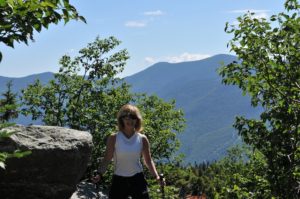
With my calf muscles burning, I pushed on. Finally at 10:30 am I had made it to the half way point, where there was a cabin and yes, a water pump. The view was beautiful. The strenuous climb left me with no appetite. All I craved was water.
I set off again, once my heart settled down to a normal beat, this time feeling much better.
One of the guides told me that they get sunny, clear days about one day per month. Today was that day! The sky was crisply blue and there were no clouds. So this was the mountain that has taken 146 lives, and puts fear into climbers’ hearts? It seemed so peaceful today and all the hikers I met were in awe over the great weather.

The second half of the trip saw me leaving the woods, and entering a more barren terrain. Our path was called Tuckerman’s Ravine and I hiked right through the ravine. Suddenly it seemed almost impossible to push on. The steep grade made gravity like a huge magnet, pulling me down. My heart was pounding wildly. I had to stop every tenth step and breathe deeply over and over to calm it.
The trail turned into just a huge pile of rocks from millennia past. I focused so much on putting one foot in front of the other, that I lost the pseudo-trail twice. There are very faded yellow markers on the rocks (AMC should really repaint these!) but these are hard to see. Rocks and boulders everywhere and at times, you think you are just stumbling over the world’s biggest rock pile, going who knows where.
Eventually I came to the heart of the ravine, where miraculously, on a summer day, was a snow bridge—a huge sheath of snow suspended over the ravine! A blond-haired man, fit and daring, stood under the bridge while his girlfriend took his picture. I couldn’t bear to watch; I didn’t want to see this guy on 1,000 Ways to Die. The climbing was really tough and even the young people we met were struggling. I think this part was the hardest of the whole climb. At times we were going hand to foot, crawling vertically like Spider-Man.
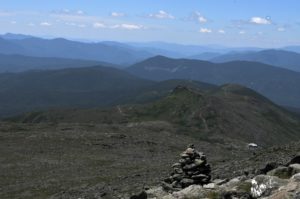
Finally, around 11:45, I could see the summit, and those coming down gave us an encouraging “Just about 45 more minutes! You can do it!” Mt. Washington is like one of those crazy optical illusions: you think you are getting closer, but the closer you get, the further away it seems! By this time I was leaning on my trekking poles, gasping. Once I caught my breath, I pushed on.
It took me another 15 minutes or so but I made it. Really, I had no choice but to make it! There were lots of cars and tourists, as Mt. Washington has an Auto Road, and many drive their cars up winding, hairpin turns, 11 miles to the summit. I literally dragged myself across the parking lot… only to climb more stairs to get to the restaurant, gift shop and reservations for a van ride down. I have never breathed so hard in all my life.
But, having said all that, it was a fantastic experience! I learned so much about myself and what I need to know for Kilimanjaro.
Trekking poles are a must. They provided balance, and something to lean on when breathing hard.
If you can’t eat, an energy gel snack gave an instant boost while being easy to digest.
I don’t think you can drink too much water!
Good hiking boots are vital. Mine kept our ankles protected form sudden twists from slipping on rocks or stepping into little crevices.
Warm jackets; the wind picked up at the top and once I stopped sweating it got chilly!
Climb with someone, not alone. Especially at my age!
I need to hike more often. So, despite how tough this was, I will return probably next weekend, if the weather is good.
http://www.saveonelife.net/mt-kilimanjaro-climb.php
Please help support Save One Life’s Kilimanjaro fundraiser! Make a donation via PayPal in my name as a climber. Each climber pays for 100% of their trip to Kilimanjaro. 100% of your donation goes to our Africa programs and to Save One Life! My goal? Raise $5,000 to give towards college scholarships to young men with hemophilia in Africa, to help them pay for medical expenses and transportation. Please give today!
(Mountains Beyond Mountains is the name of a top-notch book by Tracy Kidder about Dr. Paul Farmer’s humanitarian work with TB and AIDS in Africa and Haiti. Read it! You’ll be amazed.)

